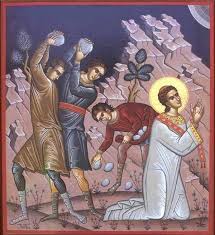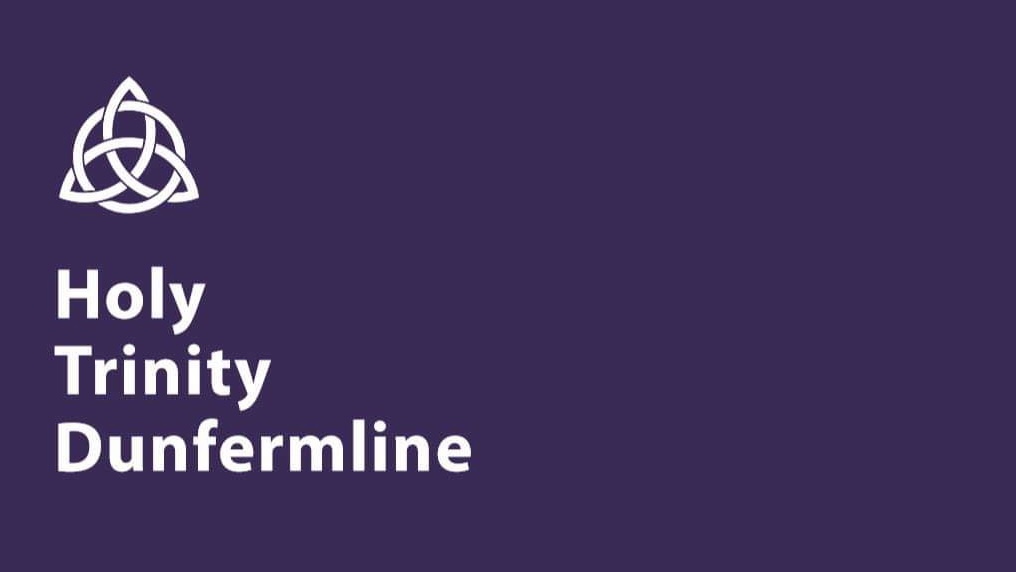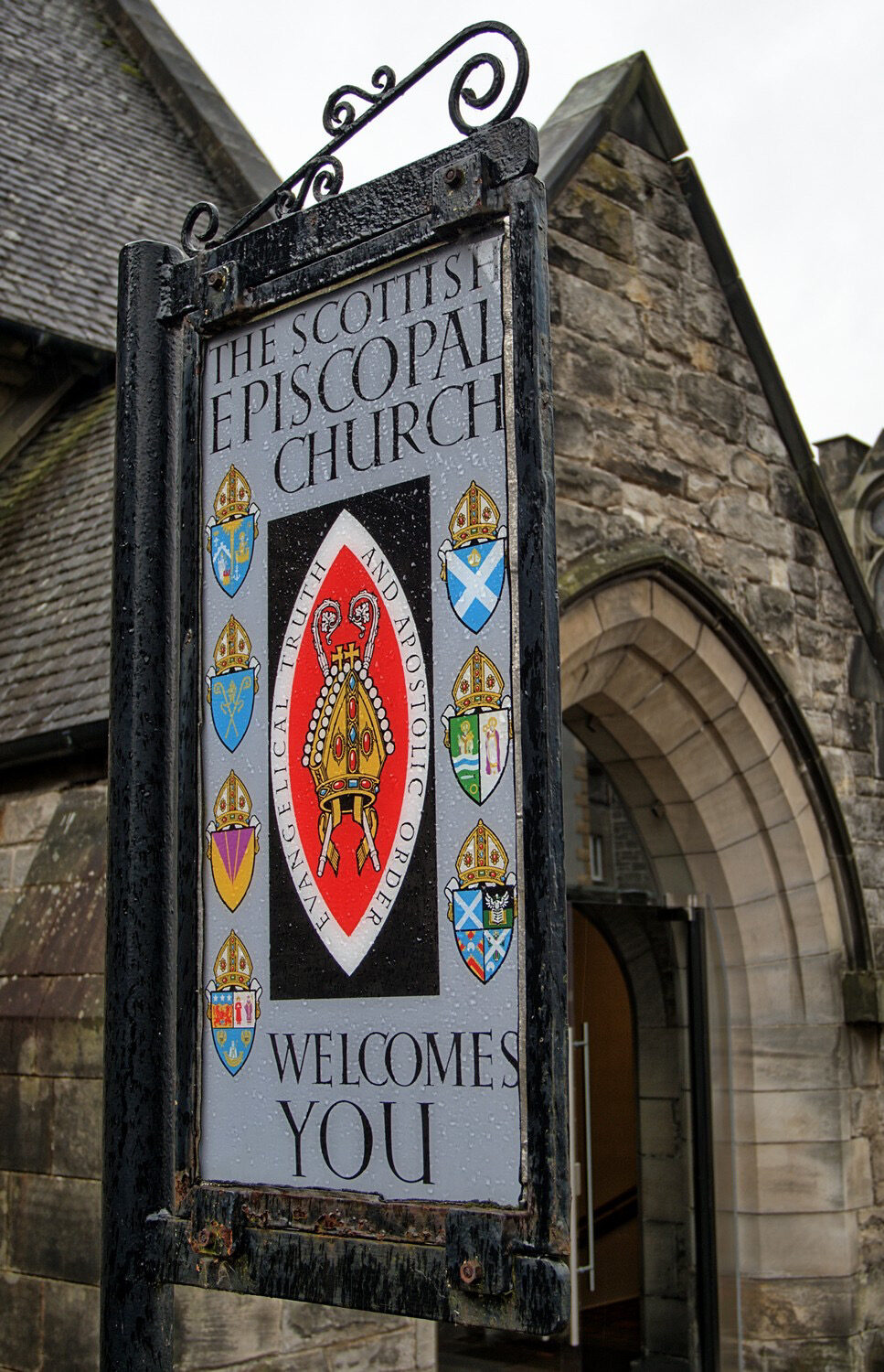For the winter edition of the Magazine having on previous occasions selected the obvious saints with Christmas connections I chose one whose sole connection to Christmas is that his feast day is the day following Christmas Day, and it is on his feast day that King Wenceslas looked out in the carol.

We actually do not know much about St Stephen save what is written in the Acts of the Apostles. In his time Christians were still a sect of the Jewish Faith. There was also in Jerusalem a faction of Greek speaking Jews of whom Stephen appears to have been one.
There seems to have been some arguments among the Christians about whether Christians with a Greek speaking Jewish background were being fairly treated in the sharing out of food with rest of the Christians. The Apostles therefore arranged for the Disciples to elect seven men to look after these matters leaving the Apostles to get on with their work of expanding the faith. The seven were blessed by the Apostles and commissioned to deal with the problems. (Acts 6. 1-6). They are now considered to be the first Deacons in the Church and Stephen, who is described as a man full of faith and of the Holy Spirit was their leader.
Stephen, who belonged to a synagogue used mainly by freedmen (i.e. former slaves and hence Greek speaking Jews from out with Jerusalem), gained a great reputation for inspired wisdom and was credited with working some miracles. In arguing with those Jews who sought to put down Christianity
St Stephen invariably won the argument. This enraged his opponents to such an extent that they brought witnesses before the Council of the synagogue to say that Steven was being blasphemous in repeating Our Lord’s prophecy of the destruction of the Temple. In reply Stephen cited instances in Jewish history of Moses and other Patriarchs also making prophecies and warnings of impending disasters to the Jewish nation which had come to pass. The prophecy was therefore in the traditions of Moses and the Jewish faith. Stephen, inspired by his own arguments, called out that he saw in the sky Jesus at God’s right hand. This enraged his adversaries so much that they brought Stephen before the Sanhedrin and by the use of false witnesses caused him to be found guilty of blasphemy and sentenced to death by stoning. He was taken outside the city and stoned to death. As he was being stoned he fell to knees and prayed aloud to the Lord to forgive his persecutors, his last words before his death. One of his persecutors was a young man
called Saul, who looked after the coats of those stoning Stephen.
This began a time of violent persecution of the Christians in Jerusalem, Saul being one of the main instigators. Saul of course is now better known to us as Saint Paul after his conversion.
Stephen being the first person to be killed for his Christian faith is the first of many that followed over the centuries. He is therefore venerated as the protomartyr.
The exact location of his martyrdom is uncertain. Tradition has it that it was outside the northern gate of the City, formerly until the crusades referred to as St Steven’s Gate. During the crusades, perhaps because the northern gate was difficult to approach the name was transferred to the eastern gate and it was said that that was the site.
Saint Steven is widely venerated through all Christian Churches. In the western church his day is 26 December in the eastern churches it is celebrated on 27 December, and in eastern orthodox churches 9th January.
Decorating the Church for Christmas Saturday 16th December at 10am. As in previous years Gill invites her band of volunteers, old and new, to join in and assist with the decorating of the church.
Many churches and cathedrals throughout the world are dedicated to St Stephen (or in French Etienne). Perhaps for us in the United Kingdom St Stephen’s Chapel was the first debating chamber for our Parliament and tower housing Big Ben was properly known as St Stephen’s Tower until it was renamed Queen Elizabeth Tower to mark the Queen’s Diamond Jubilee.

